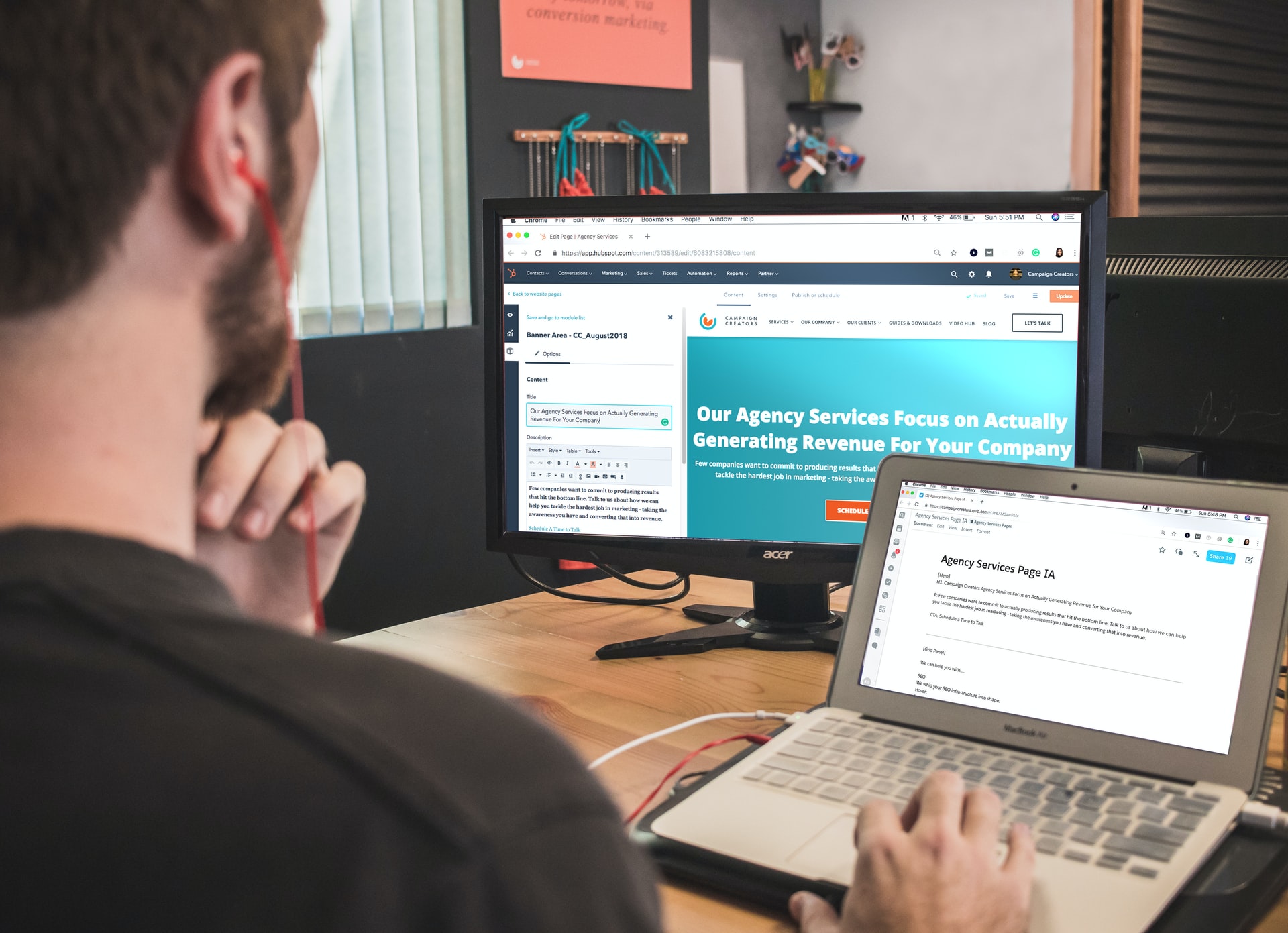Good web design solves user problems. The user’s experience should be simple and intuitive. A website that is difficult to use will not inspire repeat visits. All web design elements serve the same purpose – to make the website easy to use and appealing. Whether it’s a web page, a blog, or an online store, a good website is user-friendly. It encourages repeat visits, which are important in the long run.
Usability
In the world of web design, usability is everything. It is important to make a website easy to use so that users can find and read the information easily. A user will leave your site if it is not easy to navigate. If you do not provide clear navigation, you’ll likely turn visitors away. And even if your website looks fantastic, it will not be successful if it is difficult to use.
Web usability is important for many reasons. It allows website users to complete tasks and reach their desired goals easily. It also minimizes the time needed to learn new features and page navigation. It allows users to complete tasks efficiently and successfully while eliminating roadblocks. It also eliminates errors and re-adapts the user to a website or application system. However, this approach may not be right for every web design project.
Good usability means a website that will satisfy users and go unnoticed. It is a broad concept that includes the experiences of all web users, not just those with disabilities. By definition, web accessibility refers to all content perceivable, operable, and understandable content on a website. It helps people with disabilities to access the web without putting up barriers. In short, usability is about making your website easy to use.
Typography
The importance of typography in web design is widely recognized, and the use of fonts and visual elements has increased in recent years. This is because typography has come a long way since the early days of the internet. The advent of digitization gave the profession an entirely new audience, as a wide variety of fonts could be used on a website.
A good font pairing can elevate regular letters to a new level. When used effectively, two distinct fonts can emphasize a brand’s personality and convey a stronger message. An ideal line length is 45 to 85 characters. However, this can be altered to suit a particular website. In addition, font size is very important when choosing typography. One font may be bigger than another, but the text can still be readable at the same size.
Choosing the right font is vital to the success of your web design. It can help you convey your overall message to readers. Using a typeface that is too large or too small can make people feel overwhelmed and confused. However, this is a mistake that many web designers make. Choosing the right font is essential to the overall look and feel of a website. For example, sans serif fonts are best for a casual website.
Layout
A website is an essential component of any business, and a company without one is losing out on a significant part of its potential business expansion. Creating a website is only half the battle, though. It must also have a quality layout to attract potential users and gain a competitive edge.
To learn more, check out web design Sydney.

